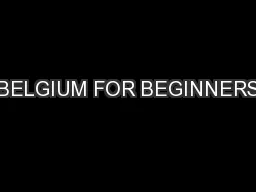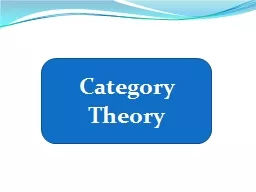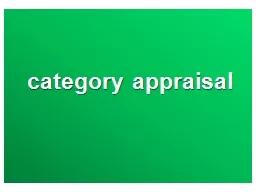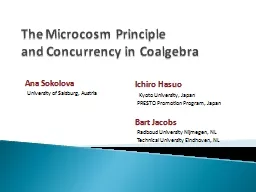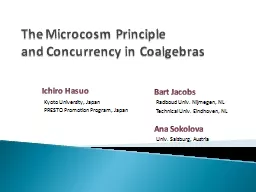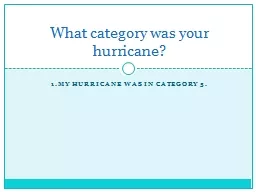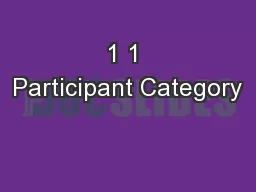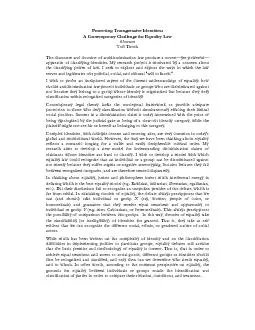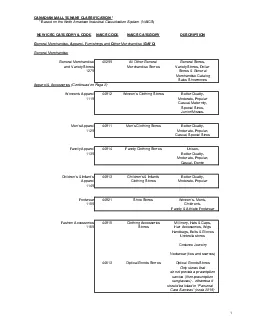PPT-Category Theory for beginners
Author : myesha-ticknor | Published Date : 2018-03-09
Melbourne Scala User Group Feb 2015 KenScambler A B C Abstract maths for us Dizzyingly abstract branch of maths Abstract nonsense Programming maths Programming
Presentation Embed Code
Download Presentation
Download Presentation The PPT/PDF document "Category Theory for beginners" is the property of its rightful owner. Permission is granted to download and print the materials on this website for personal, non-commercial use only, and to display it on your personal computer provided you do not modify the materials and that you retain all copyright notices contained in the materials. By downloading content from our website, you accept the terms of this agreement.
Category Theory for beginners: Transcript
Download Rules Of Document
"Category Theory for beginners"The content belongs to its owner. You may download and print it for personal use, without modification, and keep all copyright notices. By downloading, you agree to these terms.
Related Documents


